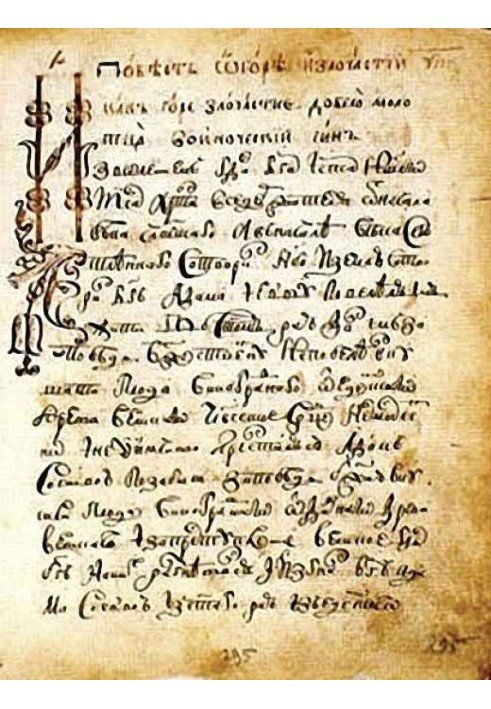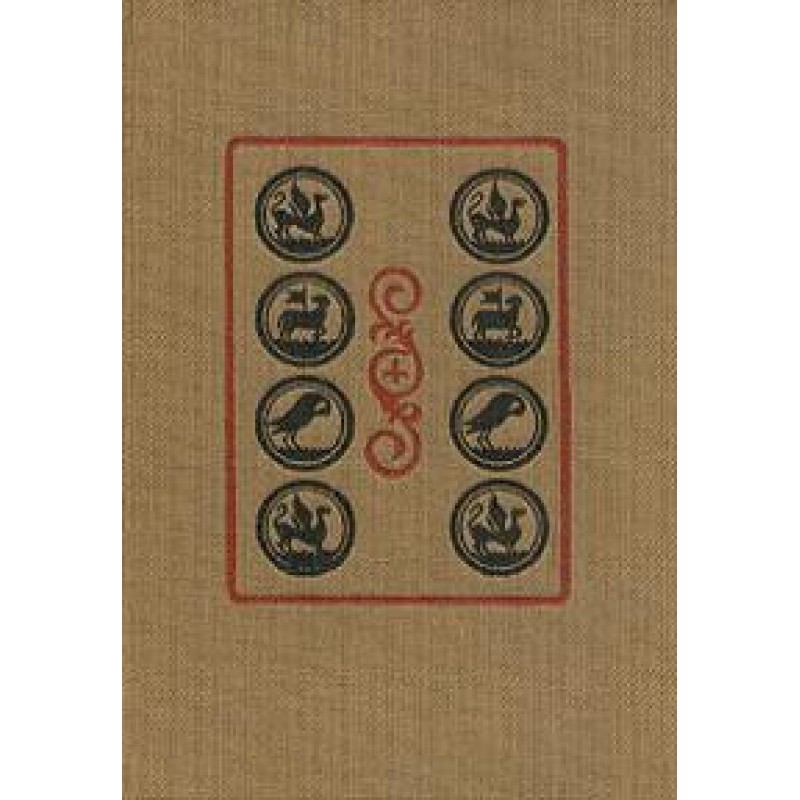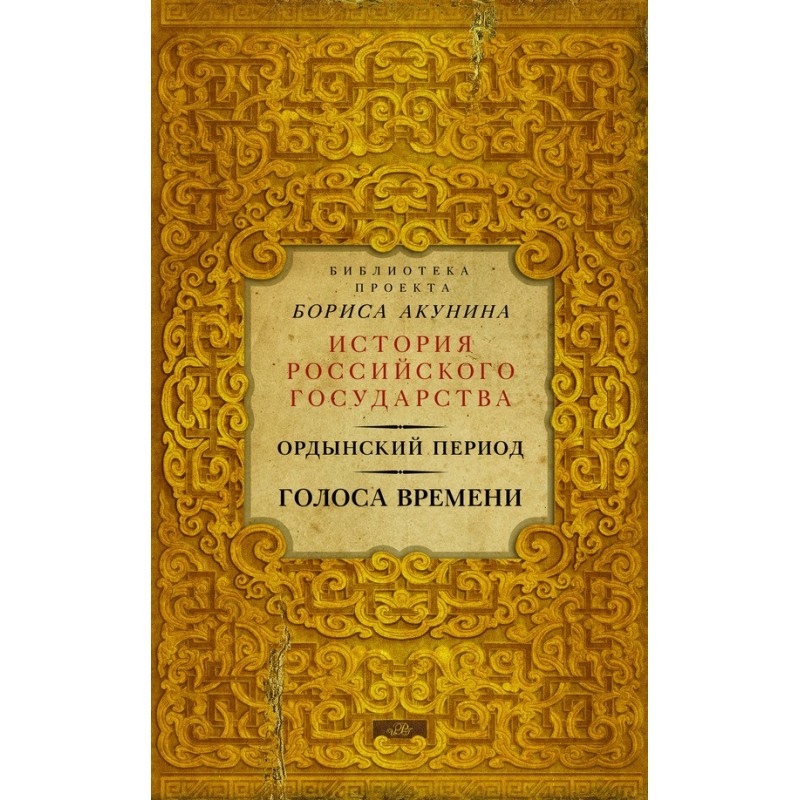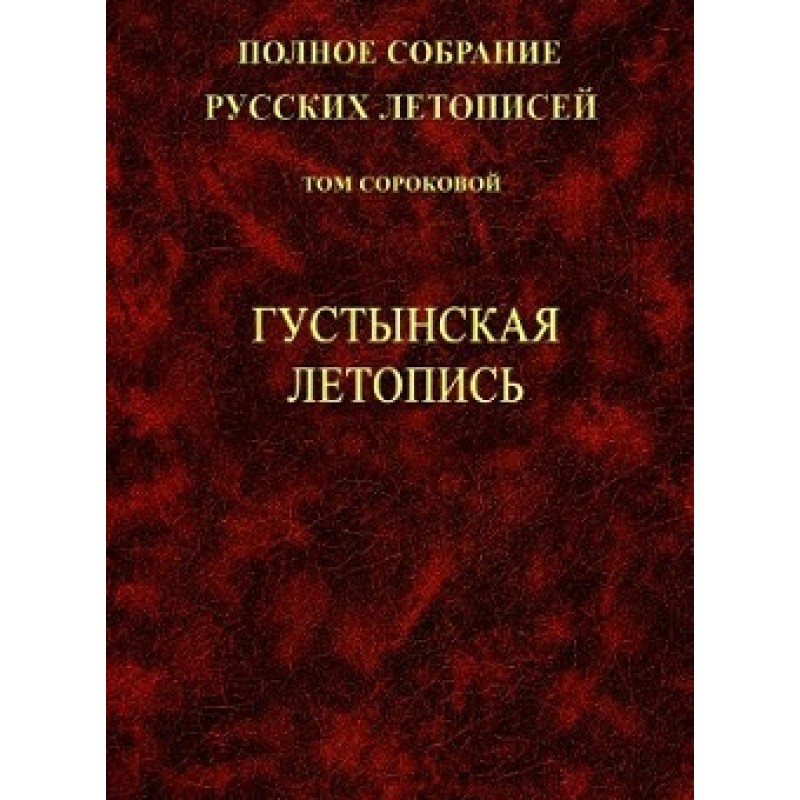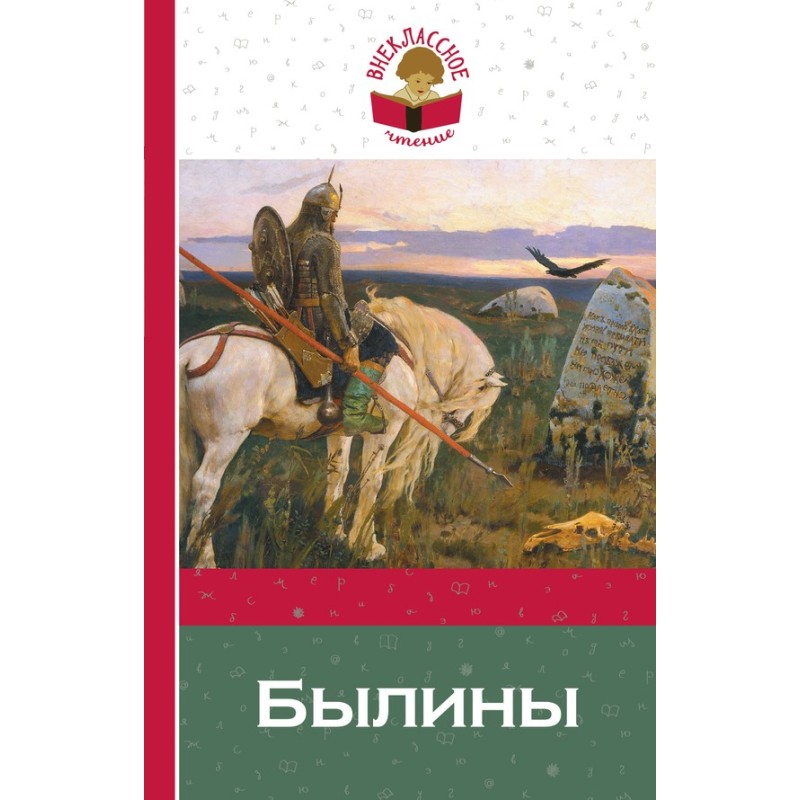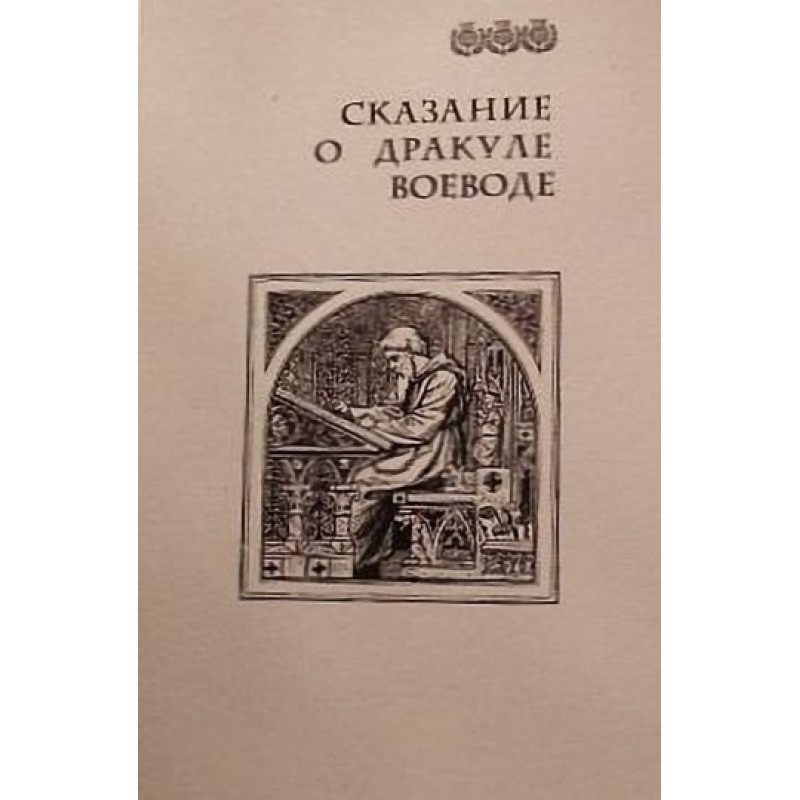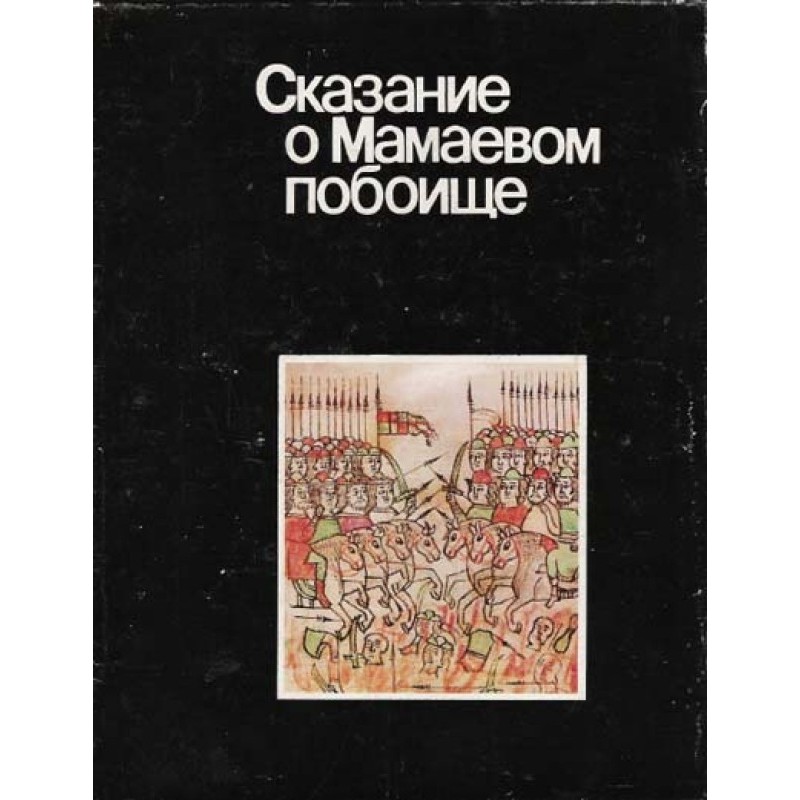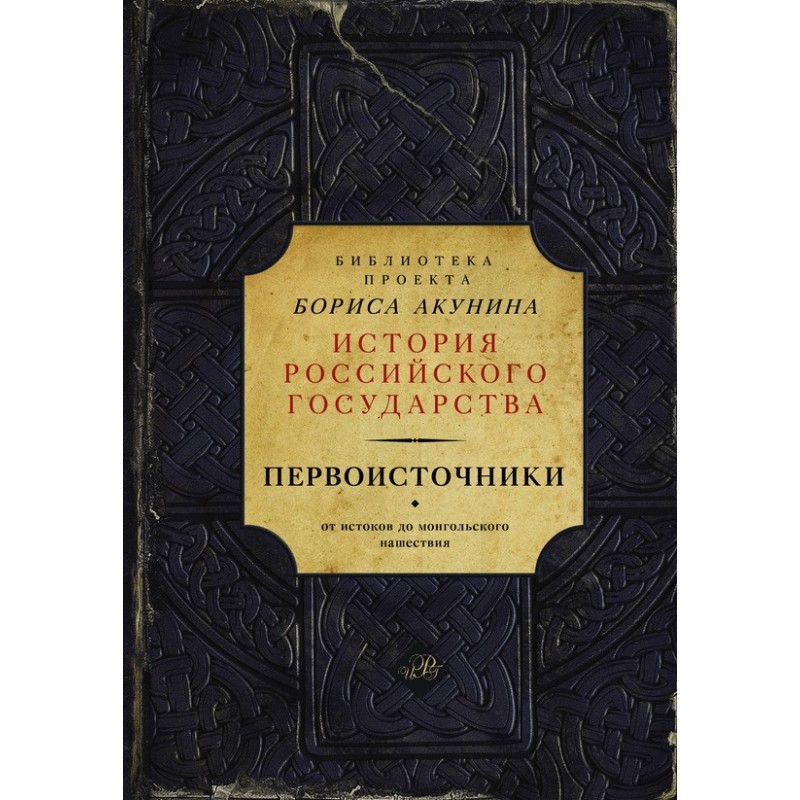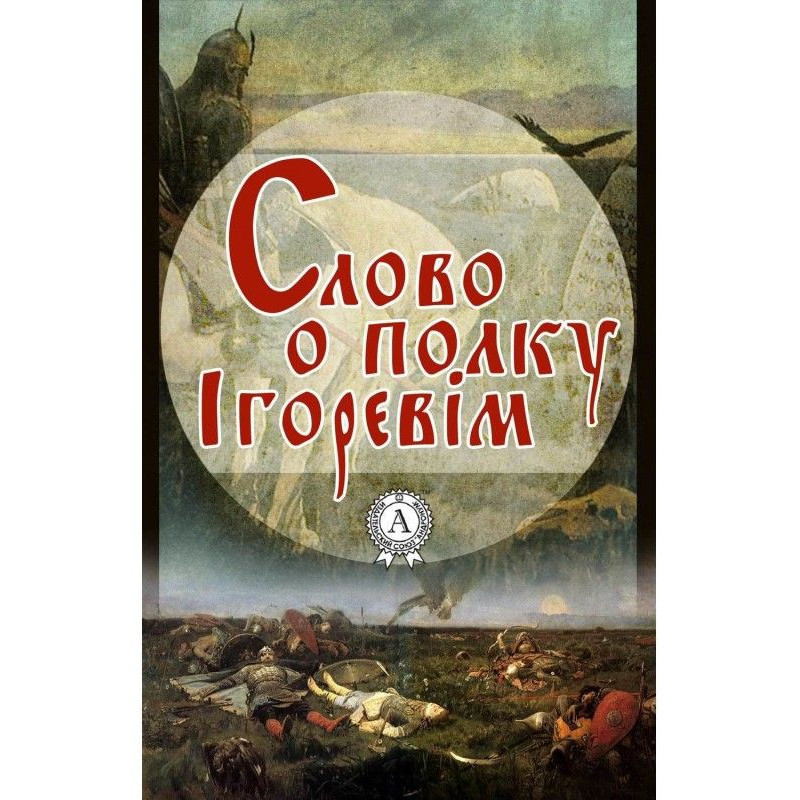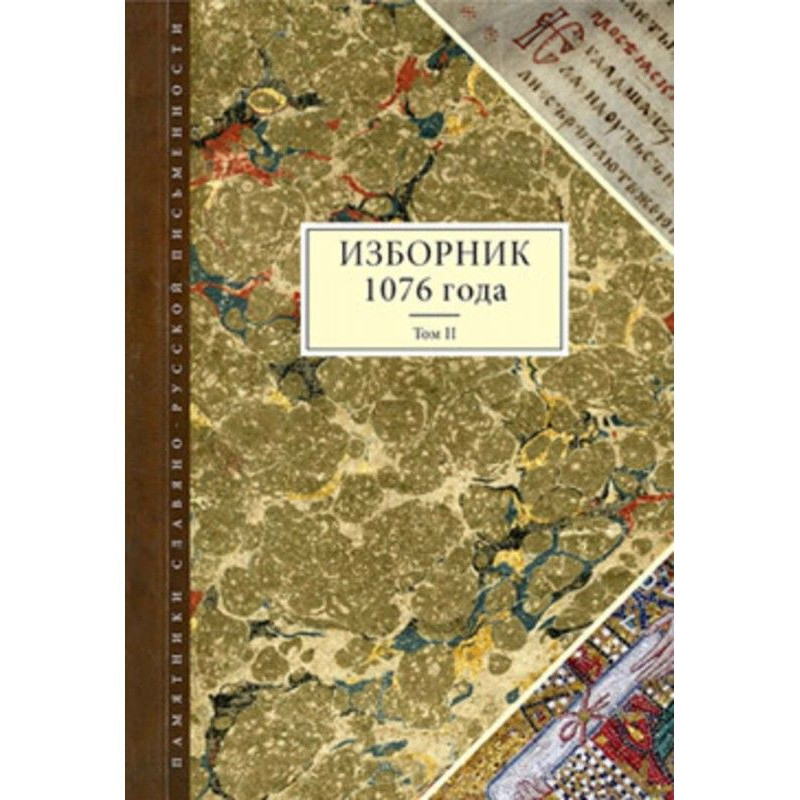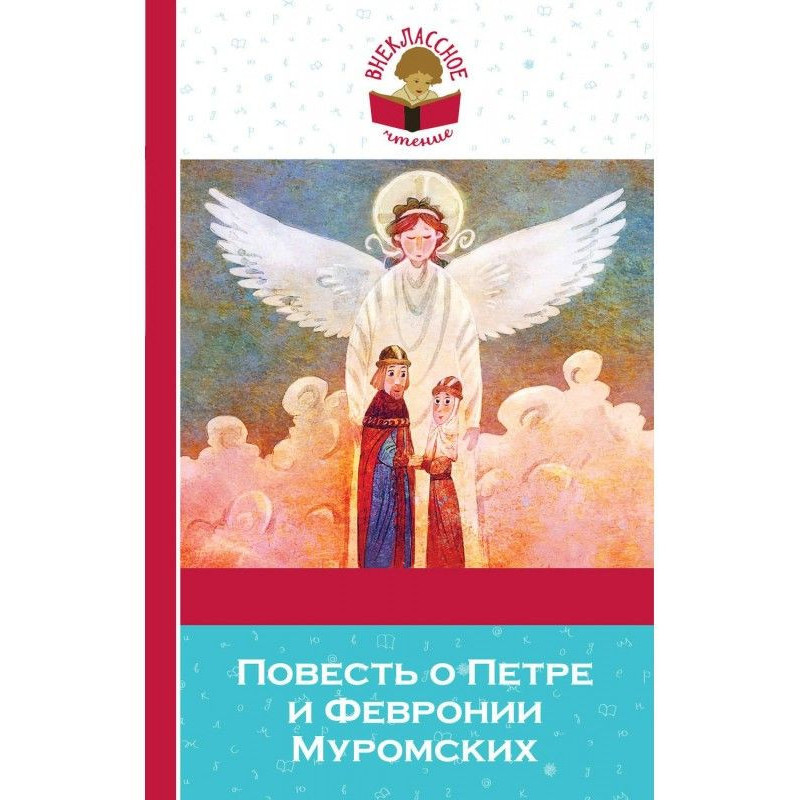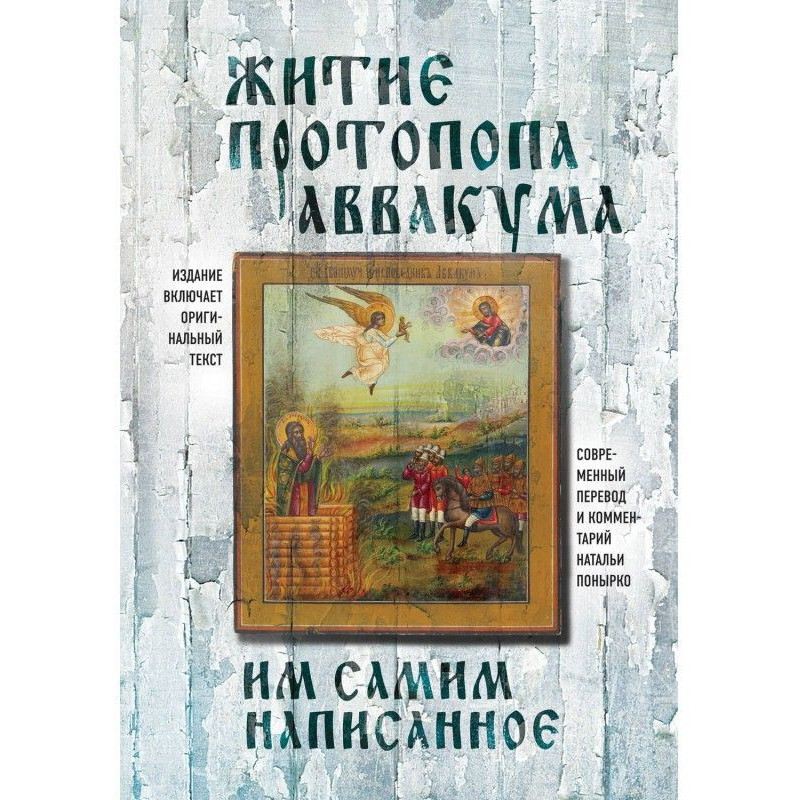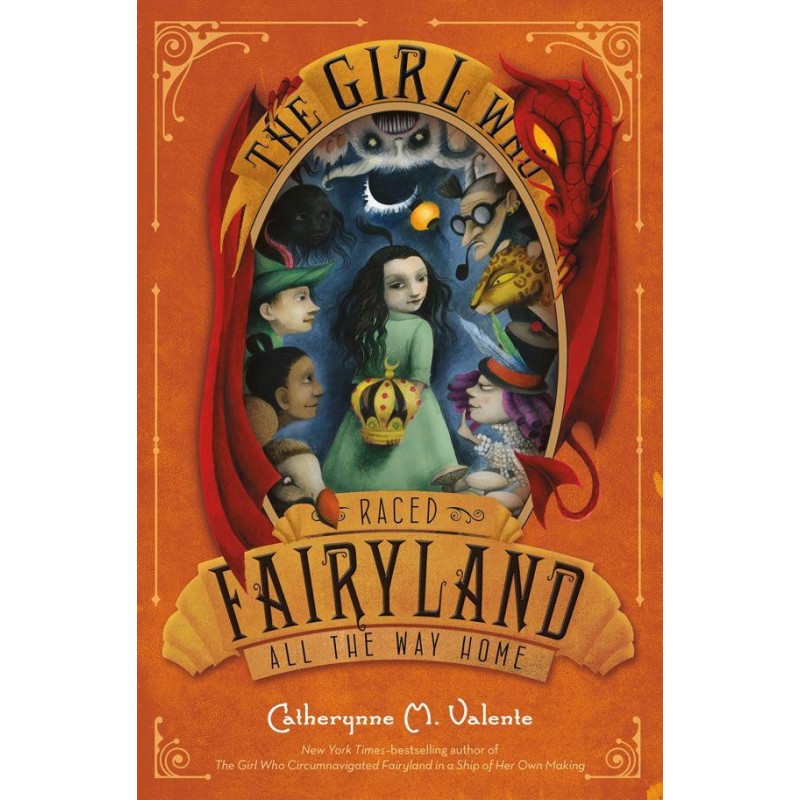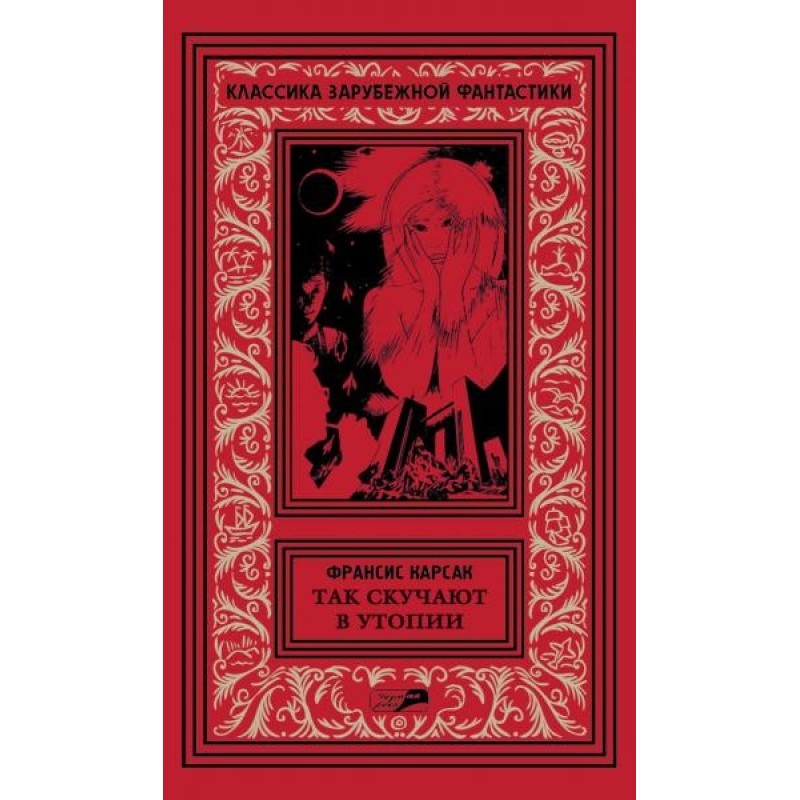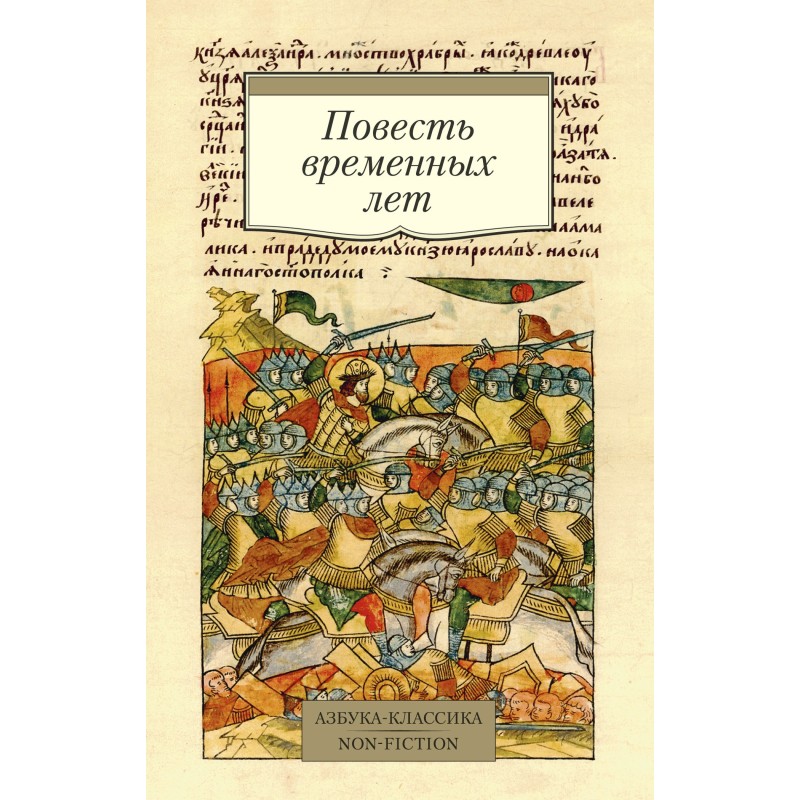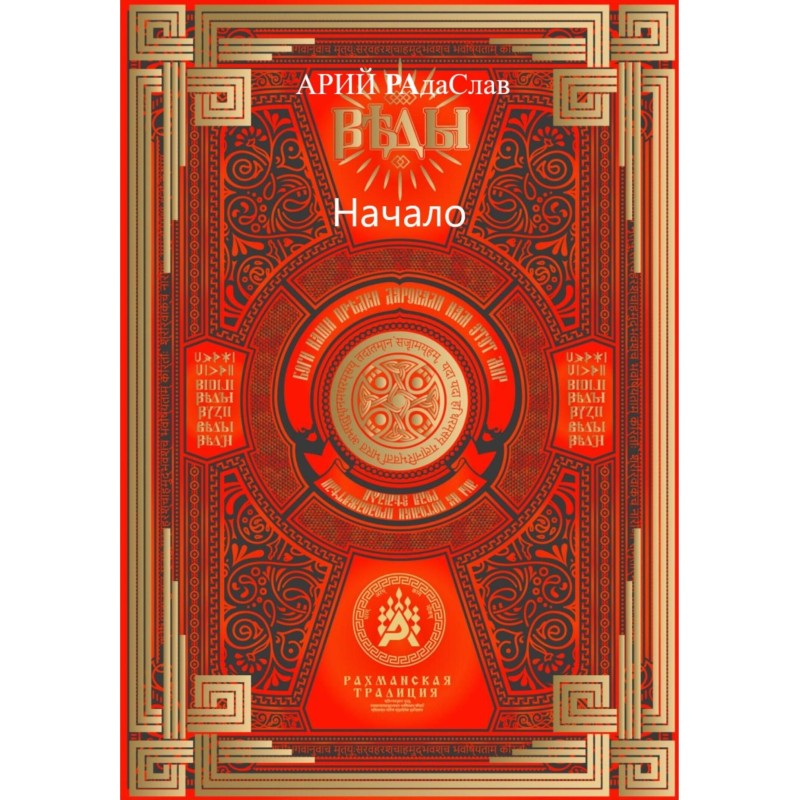The Tale of Grief and Misfortune, how Grief and Misfortune brought a young man to the monastic rank
 Instant download
Instant download
after payment (24/7)
 Wide range of formats
Wide range of formats
(for all gadgets)
 Full book
Full book
(including for Apple and Android)
THE TALE OF MISTAKE - a 17th-century poetic work preserved in the only copy of the 18th century. (full title: “The Tale of Grief and Misfortune, how Grief-Misfortune brought the hammer to the monastic rank”). The story begins with a story about original sin, and the author sets out not the canonical, but the apocryphal version, according to which Adam and Eve “ate of the fruit of the vine.” Just as the first people violated the divine commandment, so the protagonist of the Tale, a fine fellow, did not listen to “the teachings of his parents,” and went to a tavern, where he “got drunk without memory.” Violation of the prohibition is punished: all the hero’s clothes are “stripped off,” and a “tavern gunka (shabby clothes)” is thrown over him, in which he, ashamed of what happened, goes “to the wrong side.” He ends up there “at a feast of honours”, they sympathize with him and give him wise instructions, the fine fellow again acquired for himself “a belly larger than the old one, he looked for a bride for himself according to custom.” But here, at the feast, he uttered a “word of praise,” which Grief overheard. Having become attached to him, appearing in a dream, it convinces him to abandon the bride and drink his “bellies” on drink. The young man followed his advice, again “he took off his living room dress and put on his tavern hoodie.” The young man’s attempts to get rid of his terrible companion, on the advice of good people, to come to his parents with repentance, lead nowhere. Grief warns: “Though you throw yourself into the birds of the air, although you go into the blue sea like a fish, I will go with you arm in arm under your right.” Finally, the young man found the “saved path” and took monastic vows in the monastery, “but Mountain remains at the holy gates, and will no longer become attached to the young man.” D. S. Likhachev characterized the Tale as “an unprecedented phenomenon, out of the ordinary in ancient Russian literature, always harsh in condemning sinners, always straightforward in distinguishing between good and evil. For the first time in Russian literature, the participation of the author is used by a person who has violated the everyday morality of society, deprived of parental blessing”, “for the first time... the inner life of a person was revealed with such strength and penetration, the fate of a fallen person was depicted with such drama.” There are no realities in the Tale that would allow it can be accurately dated, but it is obvious that the main character is a man of the 17th century, a “rebellious” era when the traditional way of life was broken. The story arose at the intersection of folklore and book traditions; its “nutrient medium” was, on the one hand, folk songs about the Mountain, and on the other, book “penitential poems” and apocrypha. But on the basis of these traditions, the author created an innovative work, and a sinful but compassionate hero entered Russian literature “in the tavern gunka.”
Data sheet
- Name of the Author
- Автор неизвестен -- Древнерусская литература
- Language
- Russian

